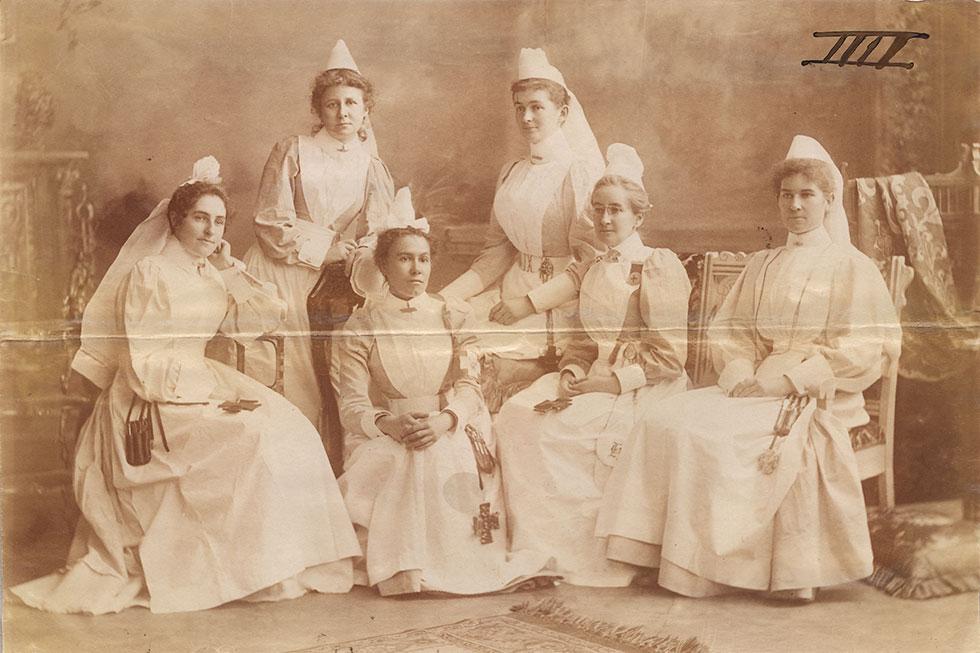Korean War: 1950 to 1953
On 25 June 1950 the North Korean Army invaded South Korea.
Parts of the Australian Navy, Army and Air Force were still with the British Commonwealth Occupation Force in Japan. Australia quickly committed these forces to Korea and sent additional forces from Australia.
The war lasted until 1953. As a result there were:
- more than 1556 Australian casualties, including 340 fatalities
- 29 Australians taken prisoner of war
You can request access to service records for those who served in the Korean War using the Defence after WWII inquiry form.
Records for the Commander-in-Chief of the British Commonwealth Forces in Korea are also relevant.
Our records include:
Malayan Emergency: 1948 to 1960
In June 1948 the British colonial government in Malaya declared a state of emergency to combat violence and unrest.
This was set against a background of political, racial and industrial conflict.
The Malayan Communist Party led an uprising. Over the next 12 years, British Commonwealth forces fought against them. This became known as the Malayan Emergency.
The state of emergency was not fully lifted until 1960, three years after the Federation of Malaya became independent.
Australia became involved in June 1950 by sending:
- six Lincoln bombers from No. 1 (Bomber) Squadron, RAAF
- a flight of Dakotas from No. 38 (Transport) Squadron, RAAF
The first Australian ground forces arrived in Malaya in 1955. The last left in 1963.
As well as air and infantry forces, Australia contributed:
- artillery and engineering support
- an airfield construction squadron
- signals personnel
- Royal Australian Navy ships
As a result of the war in Malaya:
- 51 Australian servicemen were killed
- 27 were wounded
You can request access to service records for those who served in the Malayan Emergency using the Defence after WWII inquiry form.
Other relevant records include:
You can find other records in RecordSearch. Some suggested ways of searching are to:
- use the phrase ‘Malayan Emergency’ in keywords
- use ‘malay* emergency’
- use 'malay*' as a keyword with a date range of 1948 to 1960.
Indonesian Confrontation: 1962 to 1966
The Confrontation was a small, undeclared war fought from 1962 to 1966.
President Sukarno of Indonesia tried to destabilise and destroy the new Federation of Malaysia that emerged in 1963.
Sukarno argued that the Federation was a means of maintaining British colonial rule in South-East Asia. He believed Malaysia's independence was only a front.
In early 1963 military activity increased along the border with Borneo.
Small parties of armed Indonesians infiltrated Malaysian territory on propaganda and sabotage missions.
Armed incursions increased in strength. By 1964 the Indonesian army began cross-border raids. Later that year they attacked peninsula of Malaysia itself.
Australian forces were already based in Malaysia as part of the British Commonwealth Far East Strategic Reserve. These forces defended the peninsula from September to October 1964.
In 1965 Australian troops joined British and New Zealand forces in Borneo. Together they fought on both sides of the border.
Cross-border operations were very sensitive and were never officially admitted at the time.
In August 1966 the Indonesians and Malaysians signed a peace treaty in Bangkok. This marked the end of the confrontation.
In all, Australia contributed:
- 2 infantry battalions
- 2 squadrons of the Special Air Service
- several artillery batteries
- parties of the Royal Australian Engineers
- ships of the RAN
- 5 Squadron RAAF
As a result of the Confrontation:
- 23 Australians were killed
- 8 were wounded
You can request access to service records for those who served in the Indonesian Confrontation using the Defence after WWII inquiry form.
Search for other records in RecordSearch using the keyword ‘confrontation’.
Vietnam War: 1962 to 1975
In August 1962, Australia's initial military commitment to South Vietnam was only a team of 30 military advisers (Australian Army Training Team Vietnam or AATTV).
However by the time the last Australian troops were withdrawn from Vietnam in December 1972, Australians had been fighting in Vietnam for more than 10 years.
By that time:
- more than 50,000 Australians had served in Vietnam
- 521 Australians were killed
- 2398 were wounded, of whom 43 per cent were national servicemen
We hold many records on Australia’s role in the Vietnam War.
The following collections show some of the material held.
Australian Army records on Vietnam
See also herbicide records for the Vietnam War for information on chemical agents.
Check PhotoSearch for photographs of:
- the Army’s activities in Vietnam
- anti-war demonstrations in Australia
Search for photographs on the Vietnam conflict in the Australian War Memorial's collection databases.
Royal Australian Navy records on Vietnam
During the the war, the Royal Australian Navy supported the Allied Forces with destroyers and transports.
Search for records in RecordSearch using the keywords ‘navy' and 'Vietnam'.
Records of the 723 Helicopter Squadron of the Royal Australian Navy are also relevant.
Royal Australian Air Force records on Vietnam
The HQ RAAF Contingent at Vung Tau and the RAAF Element in Saigon have relevant records. These include:
Records of No. 2 Bomber Squadron are also relevant.
Look for photographs in PhotoSearch or check:
- the RAAF’s activities in Vietnam
- anti-war demonstrations in Australia




